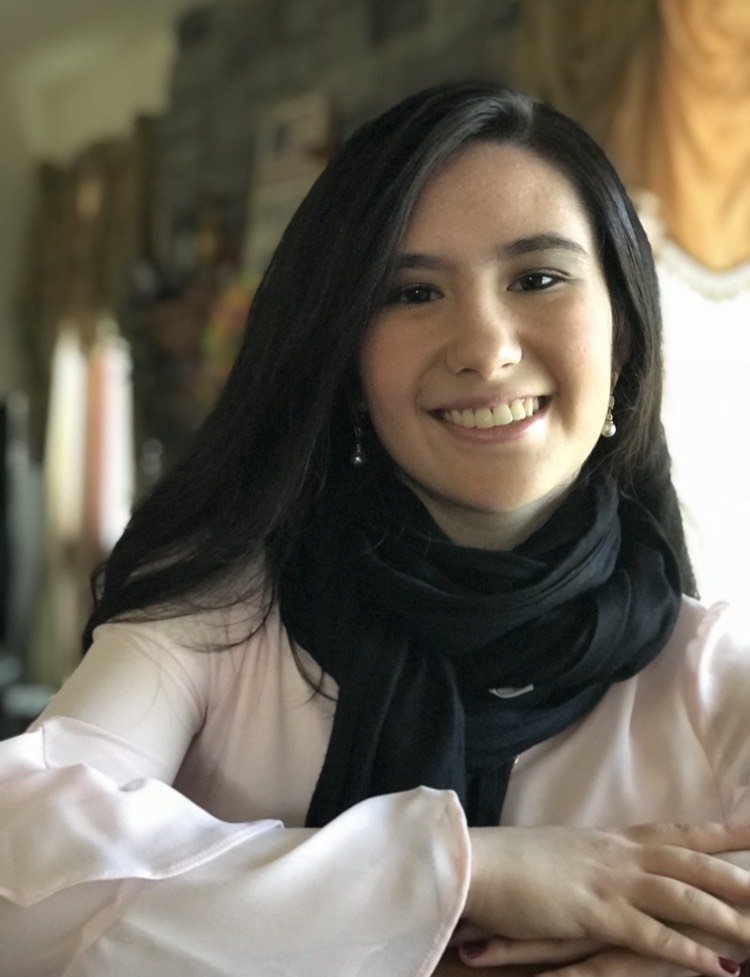Celebration of Scholars
#49: Using Deep Learning Software to Analyze Zebrafish Eye Movements and Assess Optic Nerve Regeneration
 Name:
Ashley Gorman
Name:
Ashley Gorman
Major: Data Science
Hometown: Mount Pleasant, WI
Faculty Sponsor: Steven Henle
Other Sponsors:
Type of research: Independent research
 Name:
Claire Wulf
Name:
Claire Wulf
Major: Computer Science/Neuroscience
Hometown: Hudson, WI
Faculty Sponsor: Steven Henle
Other Sponsors:
Type of research: Independent research
Abstract
Zebrafish, unlike humans, can regenerate their optic nerves after injury. However, it is difficult to measure how well zebrafish have recovered from an optic nerve injury, and we are developing improved methods to do this. To better understand the regenerative process, we can measure the optokinetic response (OKR), a reflex that allows organisms to smoothly track movement and provides a way for us to measure whether vision has been functionally recovered after injury. We use the OKR Vision Test, which entails placing the zebrafish in a rotating 3D printed drum with striped bars and capturing video of the fish’s changing eye angles. Increasing the speed of the bars and measuring the eye movements can be used to assess how well the fish see. Previously, ocular angles for adult zebrafish had to be manually measured in FIJI and run through an R program to create a graph. We are currently working to create a more efficient method of data analysis for zebrafish by using the 3D pose estimation software DeepLabCut. Within minutes, DeepLabCut allows the user to upload videos, train a deep neural network to track individual features, and generate graphs that illustrate the rate of movement. If we better our understanding of neuronal regeneration in zebrafish, we may eventually be able to apply these findings to humans and improve the treatment of nervous system injuries.Submit date: April 1, 2022, 8:52 p.m.
